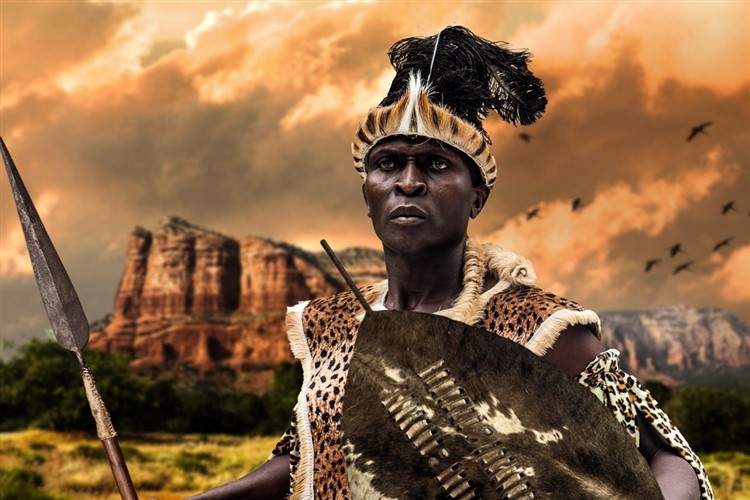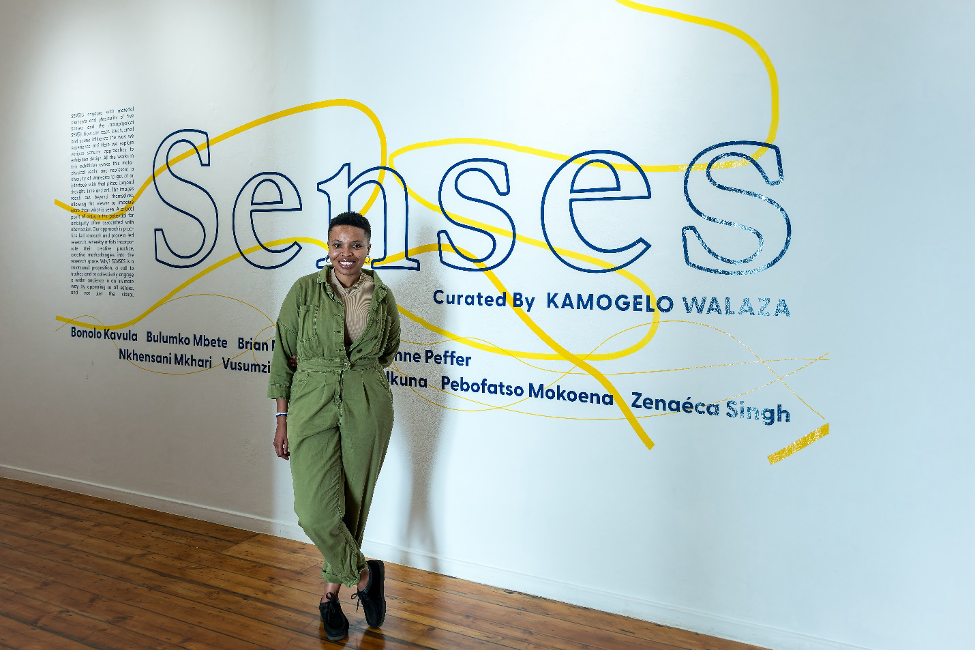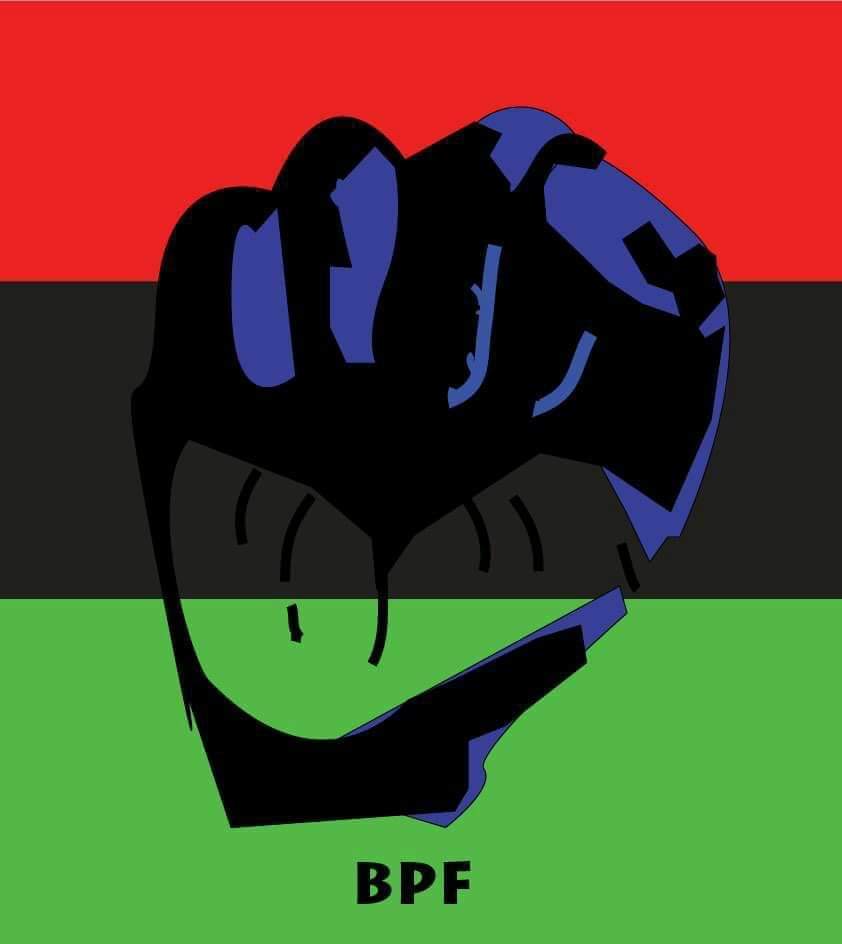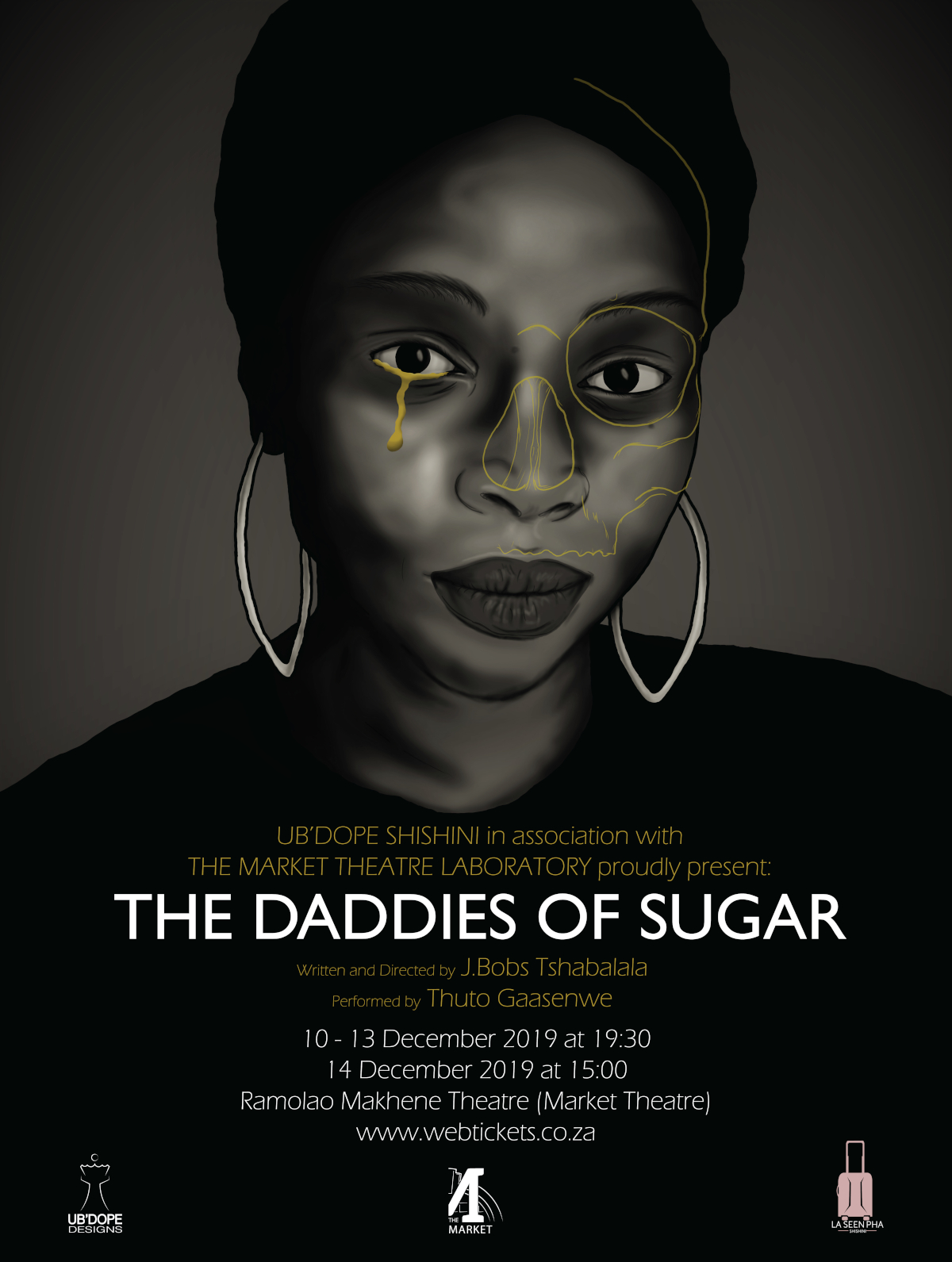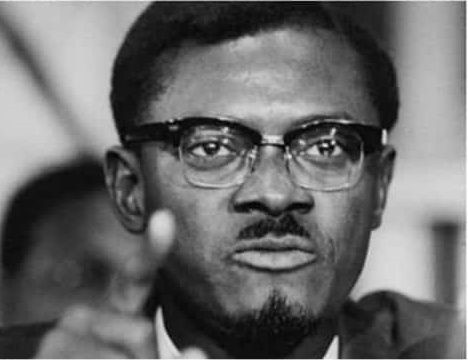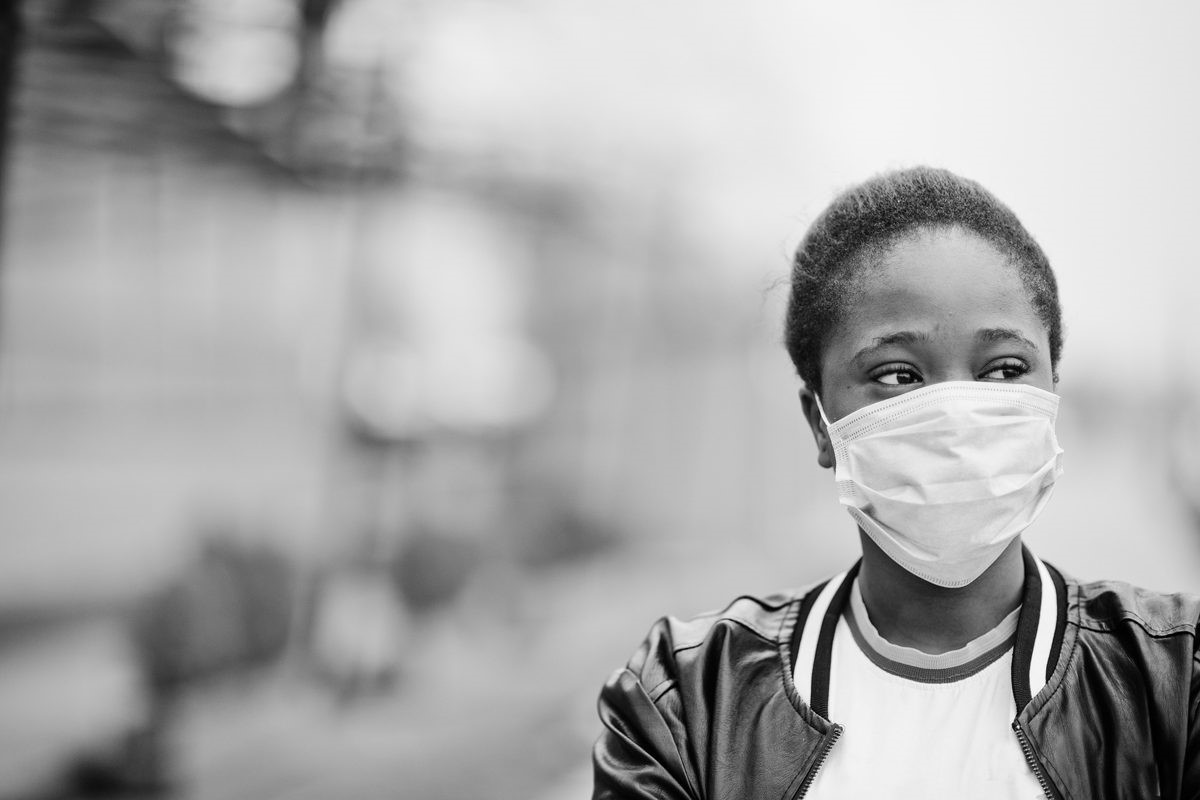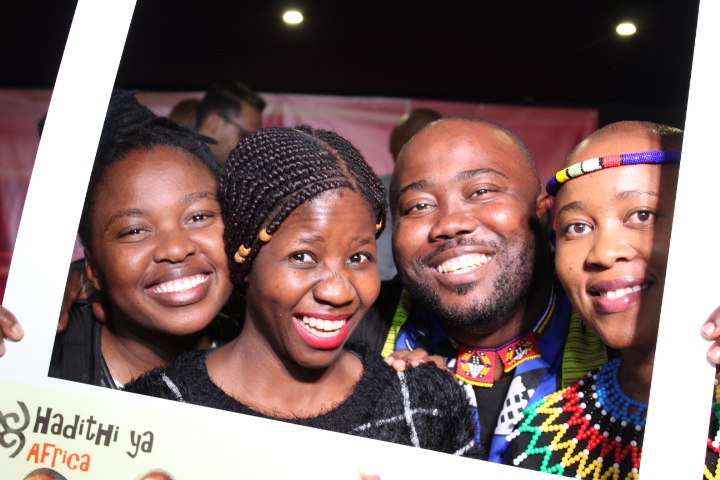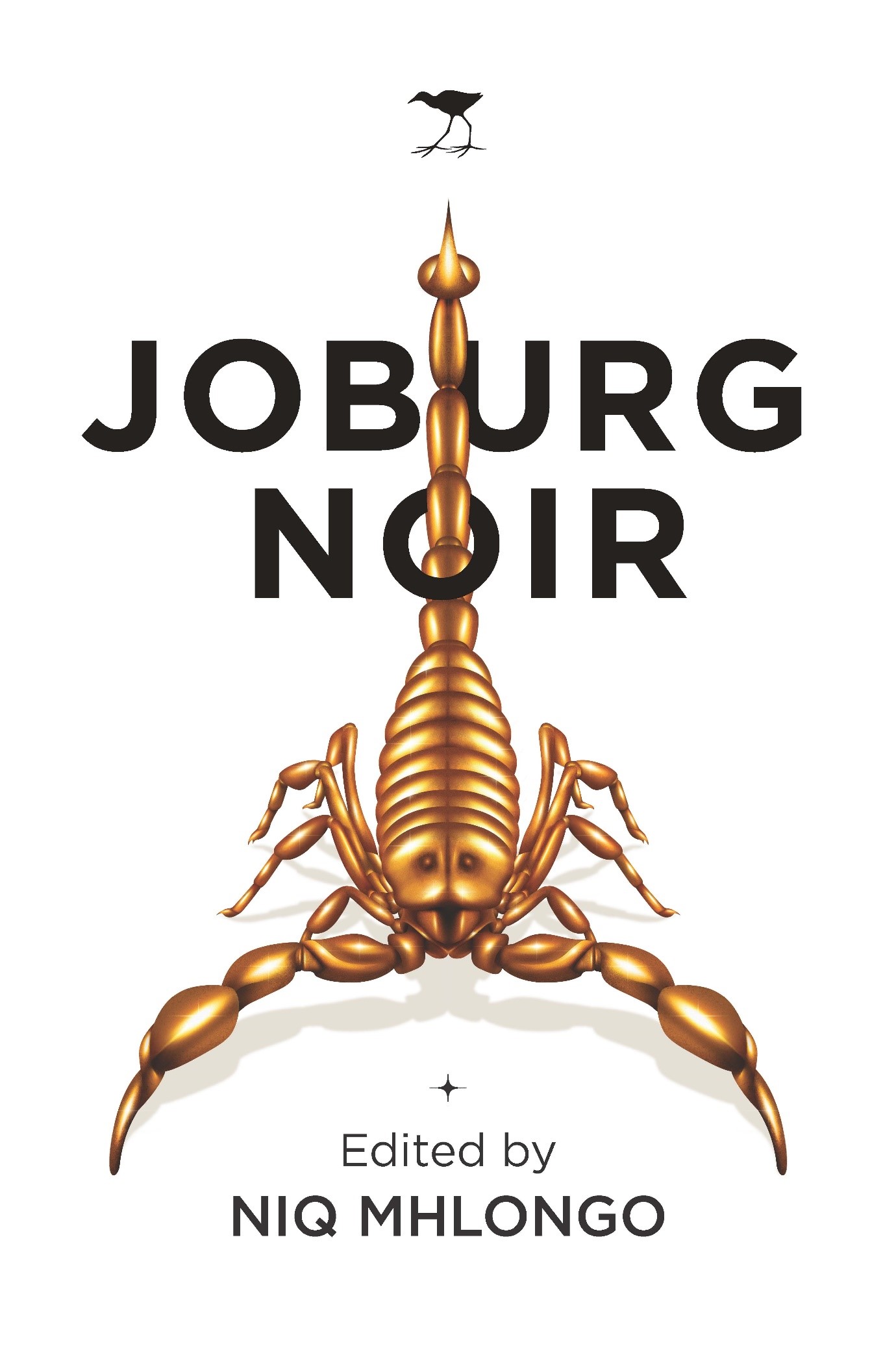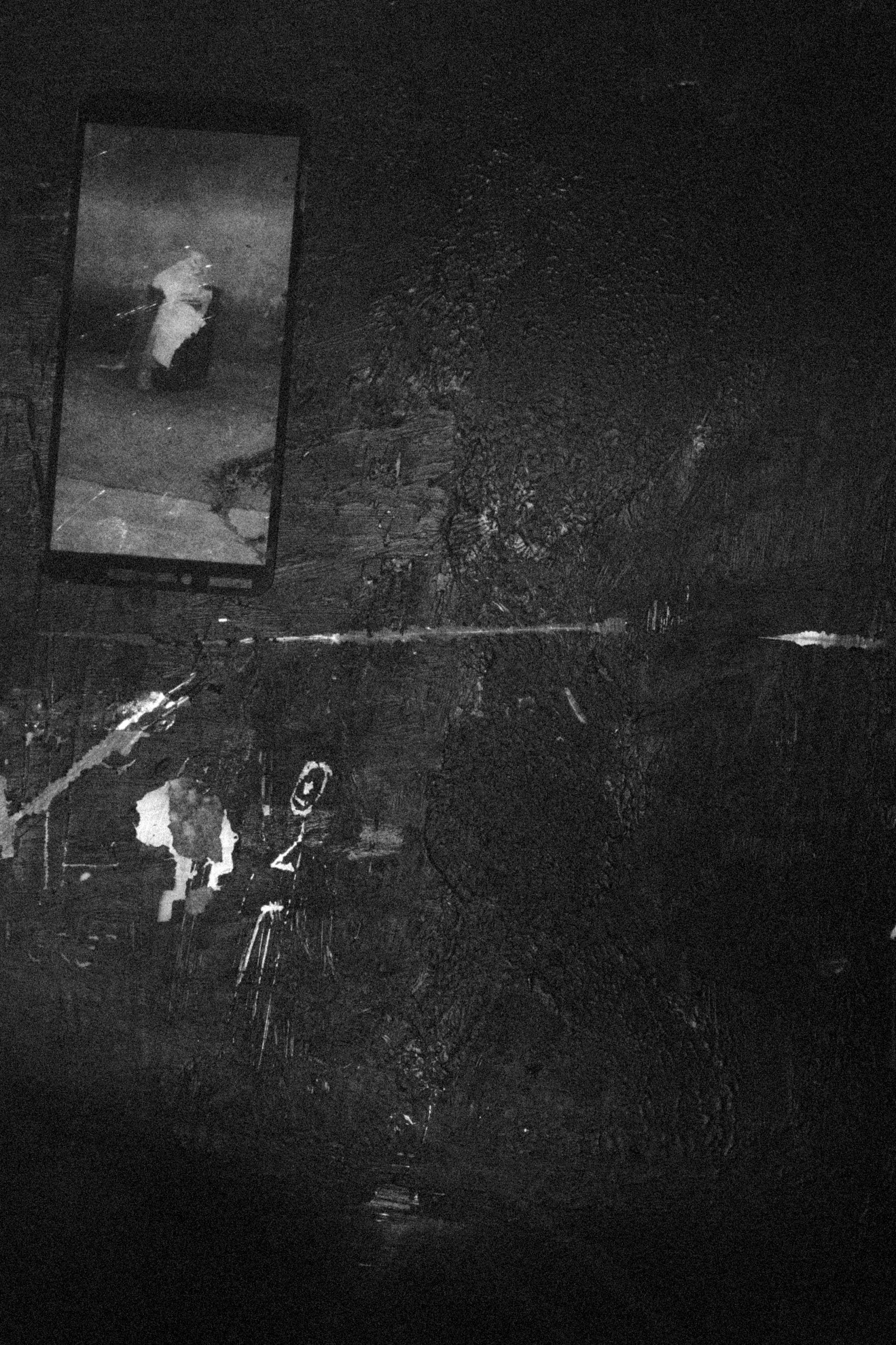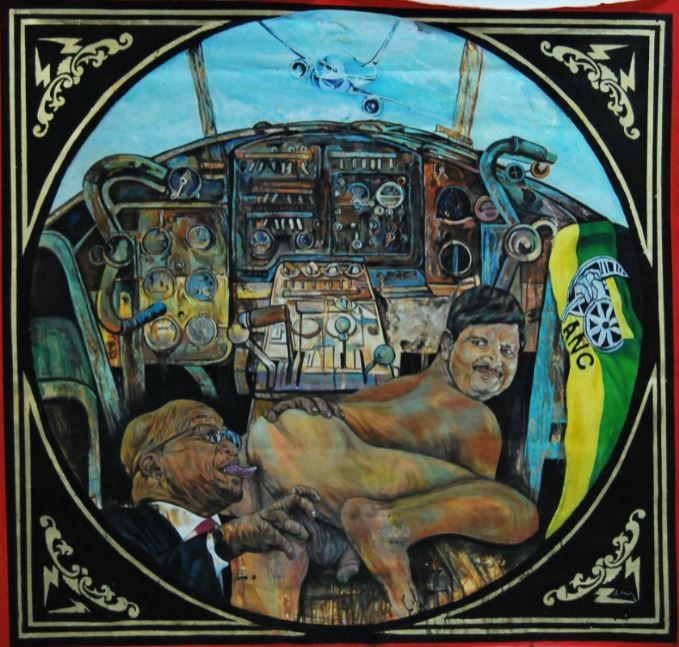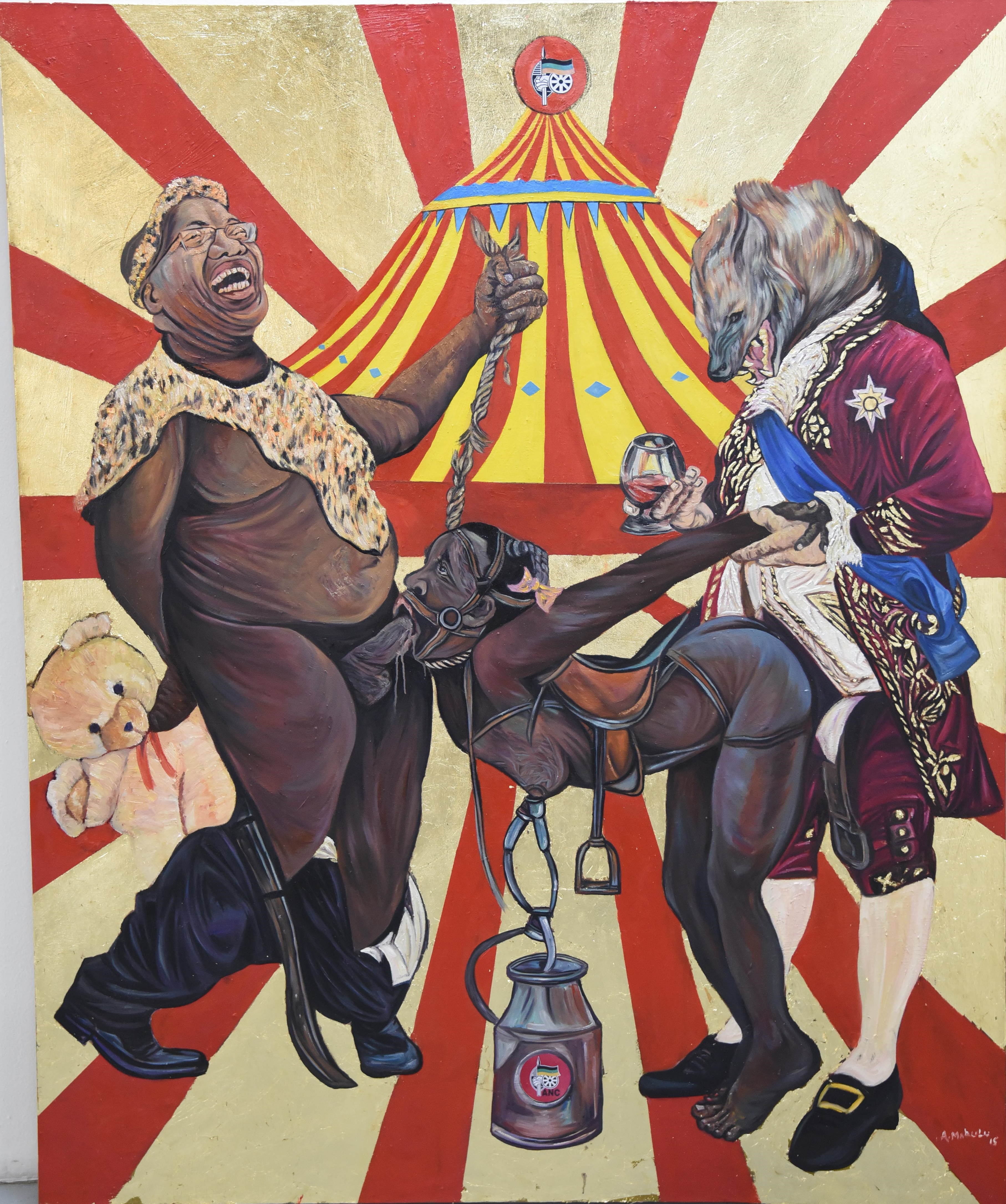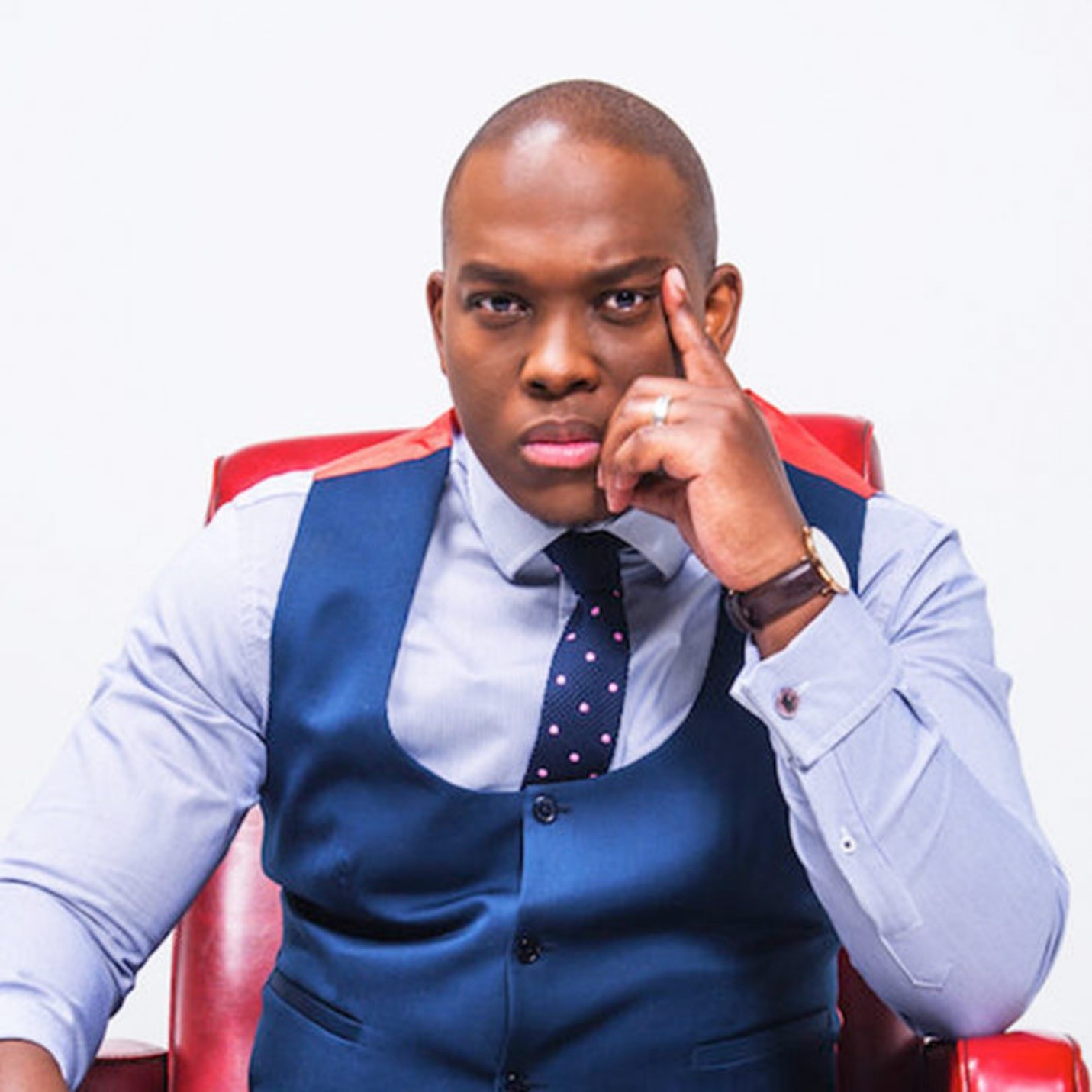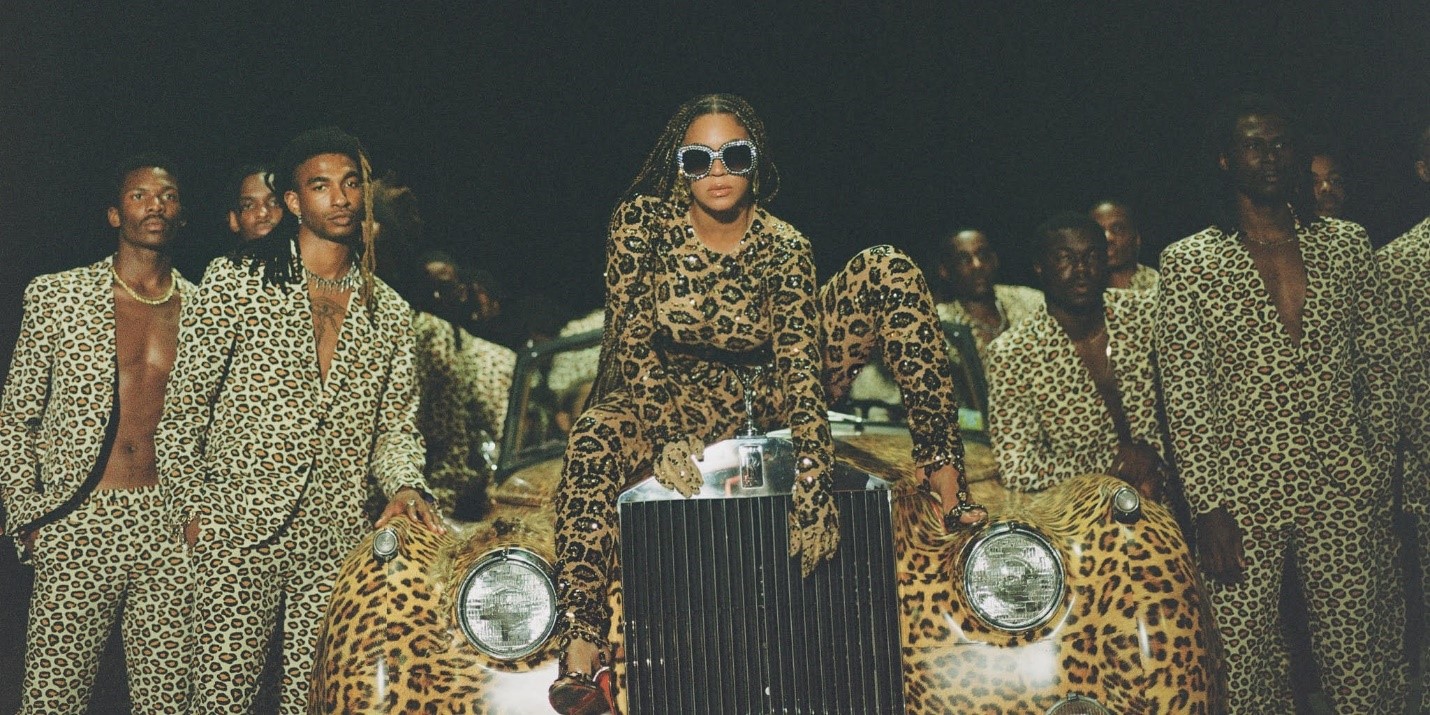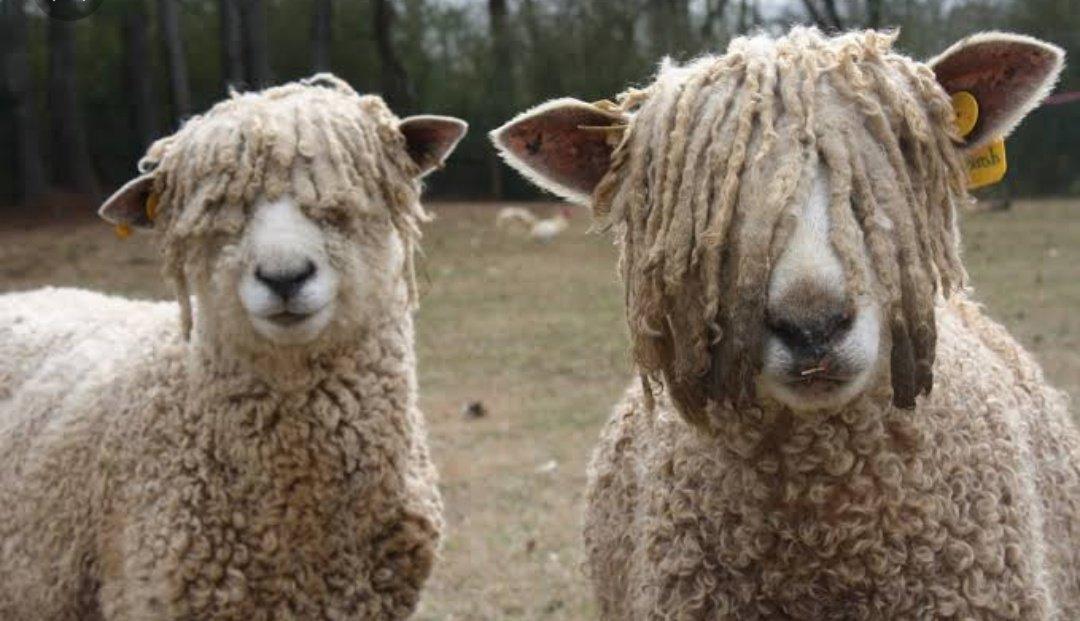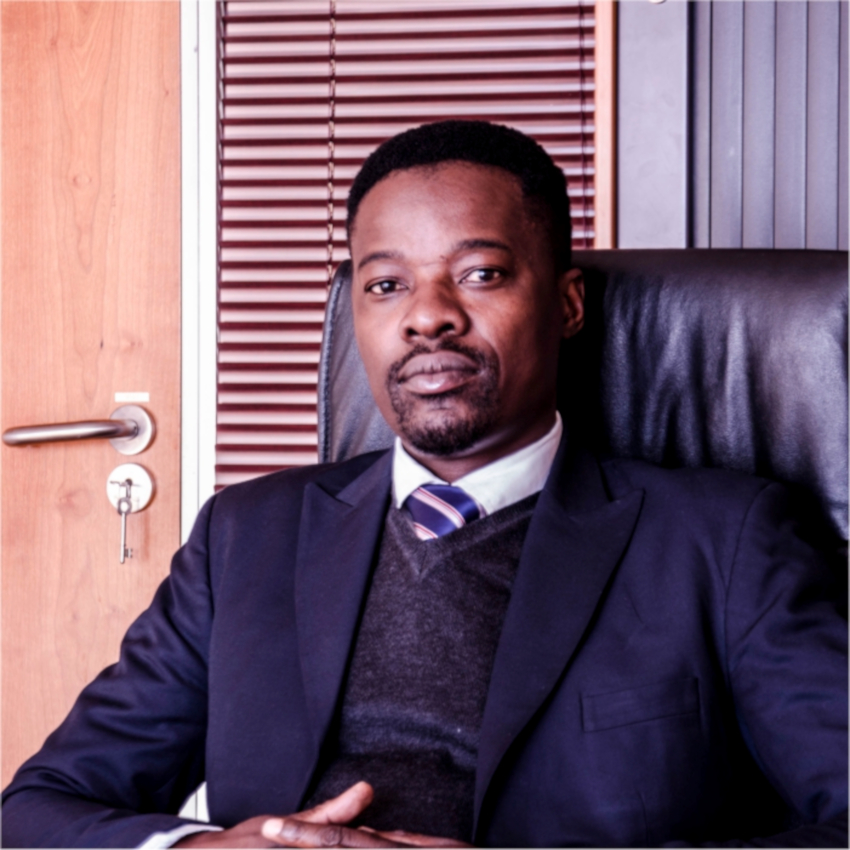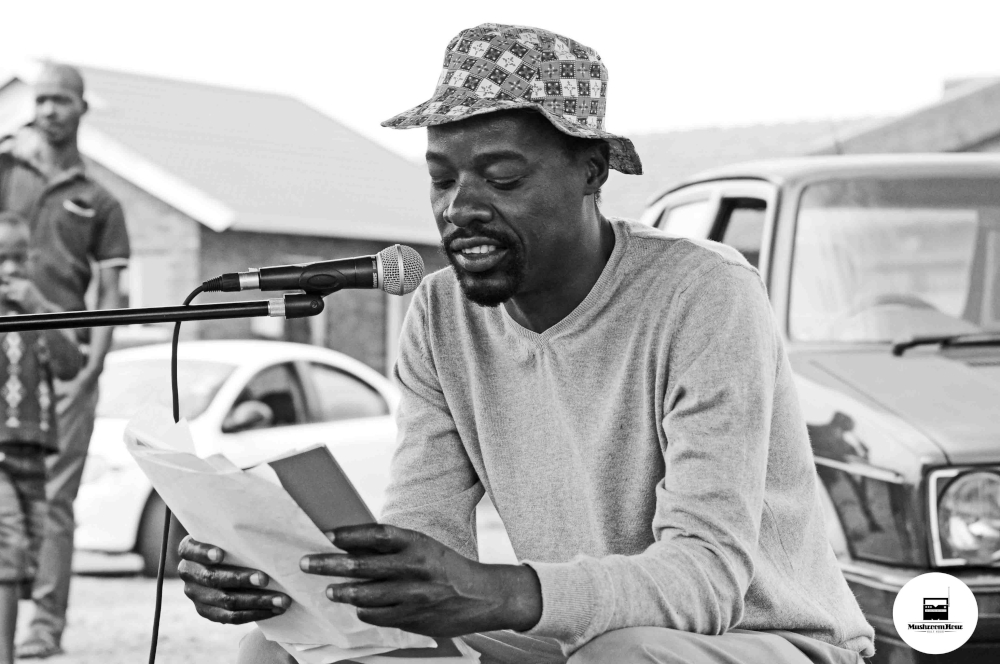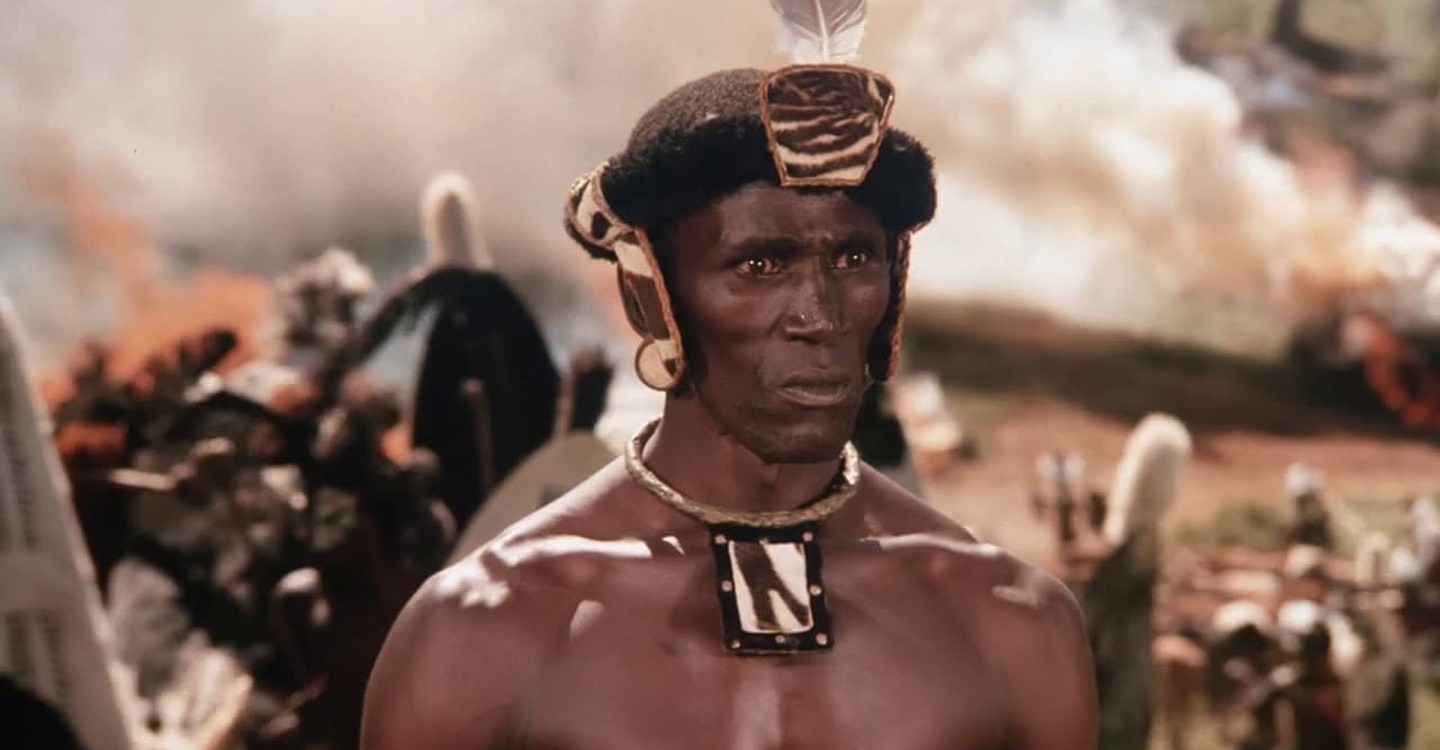For several weeks now, the South African State Theatre (SAST) in Tshwane has staged Shaka Zulu: The Gaping Wound. It is a fascinating musical production on the life of Shaka Zulu, the founder of the Zulu Kingdom. The play is written by Bongani Linda and directed by Meshack Mavuso-Magabane. It features an impressive cast of actors including Thembinkosi Changwe, who plays the role of Shaka ka Senzangakhona; Nkanyiso Bhengu, who acts as Shaka’s half-brother Dingane; and Mduduzi Mabaso plays the role of Mshongweni, who in the play is presented as Shaka’s imbongi.
The show has been staged before packed audiences since it debuted at SAST on 18 October 2021. On the two consecutive days in which I went to watch it, it was received with enthusiasm and excitement by audiences of the young and old. What drew me to the show was not the spectacular display of Zulu dance, which I enjoyed immensely, but it was what it was billed to be: an act of cultural and historical decolonisation. As its director, Mavuso-Magabane, notes correctly, Shaka ka Senzangakhona has largely been portrayed by some historians and other writers as ‘a bloodthirsty tyrant who was obsessed with war and power’. The show therefore sets itself a mammoth task of upending this general perception of the Zulu king by offering what Mavuso-Magabane again calls a ‘decolonised and diversified historical’ account. Instead of presenting Shaka as a bloodthirsty tyrant, the show promises to show him as a symbol and pillar of ‘African people’s vision for unity, freedom and national pride’, according to the show’s director.
While the show is an entertaining and triumphant spectacle of Zulu music and dance, it falls significantly short in its attempt at historical and cultural decolonisation. If anything, it reinforces the stereotype of Shaka as a king who thrived on bloodlust. The main setting of Shaka Zulu: The Gaping Wound is kwaBulawayo, Shaka’s ikhanda built on the Umhlathuze River valley after an attempt on his life in 1824. Shaka’s decision to locate kwaBulawayo at Umhlathuze was not random; it was partly, as historians such as John Laband have noted, an attempt to assert his authority on the Qwabe (who lived in the area) whom he considered to pose a threat to his rule.
When the character of Shaka is first introduced in the show, he is railing against Zwide, the powerful chief of the Ndwandwe, who had killed his benefactor, Dingiswayo, and had launched several military campaigns against the nascent Zulu kingdom. In a fit of foul-mouthed rage, the character of Shaka vows to attack Zwide, but the source of his evident fury against the Ndwandwe chief is not explained. All one sees is a bellicose king who intimidates his subjects and orders them to attack Zwide. The second major episode in which the character of Shaka appears again after a spectacular display of dance is when the news of his mother’s, Nandi, death is announced. As to be expected of any son (or daughter), the news of Nandi’s death is devastating to Shaka and his grief consumes him and the Zulu kingdom. He orders his subjects to perform various acts to demonstrate their mourning for his mother’s passing. Some of the edicts he issues such as prohibiting sexual intimacy and pregnancy appear cruel. Others such as prohibiting the planting of fields are acts of collective suicide. He also embarks on massive killing of his subjects. Shaka’s actions in response to and in the aftermath of Nandi’s death are a subject of contentious debate in the historiography of early years of the Zulu kingdom. Some scholars such as Dan Wylie have poured cold water on the claim that Shaka embarked on massive violence and ordered prolonged mourning of his mother’s death. Despite the doubt put on claims regarding murderous grieving king, Shaka Zulu: The Gaping Wound portrays him once again as a bloodthirsty king, who reveled in inflicting hardship on his subjects. This is rather odd for a show whose main premise and point are to challenge the very same portrayal of Shaka.

There is another problem with the Nandi death storyline that also deserves mention. While mourning her death, the character of Shaka once again rails against the Ndwandwe chief, Zwide, as if somehow he had anything to do with her passing. In fact, the character of Shaka goes as far as to order his amabutho to launch a military campaign against him and the Ndwandwe. This scene, like many others in the show, is disconcerting for its glaring historical inaccuracy. As is known, Shaka’s mother died in August 1827, two years after Zwide’s death in 1825. While it is accepted that creators of productions such as Shaka Zulu: The Gaping Wound should be allowed some creative latitude, one always hopes that they will hew as close to historical truth as possible. This is particularly the case in a show that sets itself a task of correcting historical inaccuracies about Shaka.
The most egregious abuse of creative licence concerns a scene towards the end of the show. Walking towards the centre of the main stage, Mshongweni, Shaka’s designated imbongi in the show, bellows:
Indlondl’ enophaph’ ekhanda Ndaba kawulalele lomunt’ omemezayo Umemeza sengathi uyakhala Ukhal’ isililo Uth’ igula lika Jama lichithekile
Even those who pay fleeting interest to the history of the Zulu kingdom would know that these are not Shaka ka Senzangakhona’s izibongo; they are Zwelithini ka Bhekuzulu’s, the 8th Zulu king. How the show’s creators made so glaring a mistake is difficult to explain. This mistake, egregious as it is, is however characteristic of a show that is big on song and dance but does injustice to the history it sets out to correct.
Part of the problem with Shaka Zulu: The Gaping Would is that it relies on the same historical record it promises to upend. Numerous scenes in the show suggest that E.A. Ritter’s book, Shaka Zulu, may have influenced its writing. One giveaway is a character of Phampatha (or Pampata as it is spelt in Ritter’s book). Ritter (and the writers of the show) presents Phampatha as a wise young woman who was involved in a love affair of sorts with Shaka. In the show, Phampatha, her breasts in full display to portray a chaste Zulu maiden, proposes to a spell bound Shaka to sacrifice her life to prevent war between the Zulu and the Ndwandwe. The trouble with the character and story of Phampatha is that no evidence has been found to confirm that such a person existed in the first place. While the story itself is interesting against the context of often-repeated claims about Shaka’s sexuality, it appears to rest on shaky historical ground.
There are many other stories in the show that rest similarly on shaky ground. For instance, the portrayal of Mhlangana as a bumbling buffoon who is reluctant to partake in the conspiracy to murder his half-brother, Shaka, has no historical basis. Similarly, the story in the show that demonstrates Shaka’s genius as diplomat and nation-builder by dispatching a delegation to King Moshoeshoe under the leadership of Nxazonke and Mxamana is doubtful. Finally, the choice of Mshongweni as imbongi through which the story of Shaka is told is odd. As historians such as Sifiso Ndlovu have noted, although Mshongweni was alive during Shaka’s reign, he achieved prominence as imbongi during the reign of kings Dingane, Mpande and Cetshwayo. The most prominent imbongi, and possibly the greatest in the history of the Zulu kingdom, was, as many historians and writers such as B.W. Vilakazi and Mazisi Kunene have observed, Magolwane ka Mkhathini, whom historian Sifiso Ndlovu describes as Shaka’s stellar imbongi. Another prominent Shaka imbongi was Mxamana ka Ntandeka of the Sibisi people. It is rather surprising that the show’s producers chose Mshongweni who is considered Dingane’s principal imbongi to tell Shaka’s story.
These apparent historical inaccuracies are a problem partly not of the show creators’ making. Although often told with a measure of certitude, the story of Shaka’s life is shrouded in mystery and controversy. This is due mainly to the paucity of evidence upon which his legend has been built and grown. Shaka Zulu: The Gaping Wound is, despite the promises and claims of its creators, a victim of unreliable historical evidence about the life of its main subject. For those who went to the show hoping for a history lesson about one of the most consequential figures of the last two centuries, they would have been disappointed. However, if the purpose was to enjoy acrobatic dance and spectacular music, Shaka Zulu: The Gaping Wound is a triumph!

